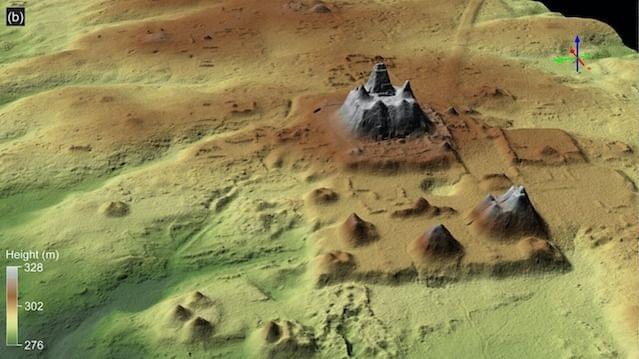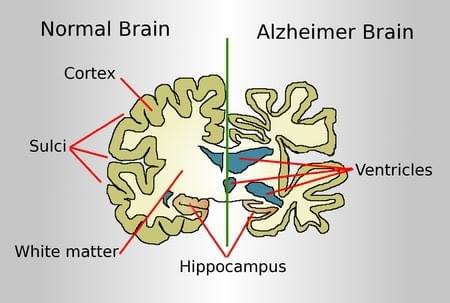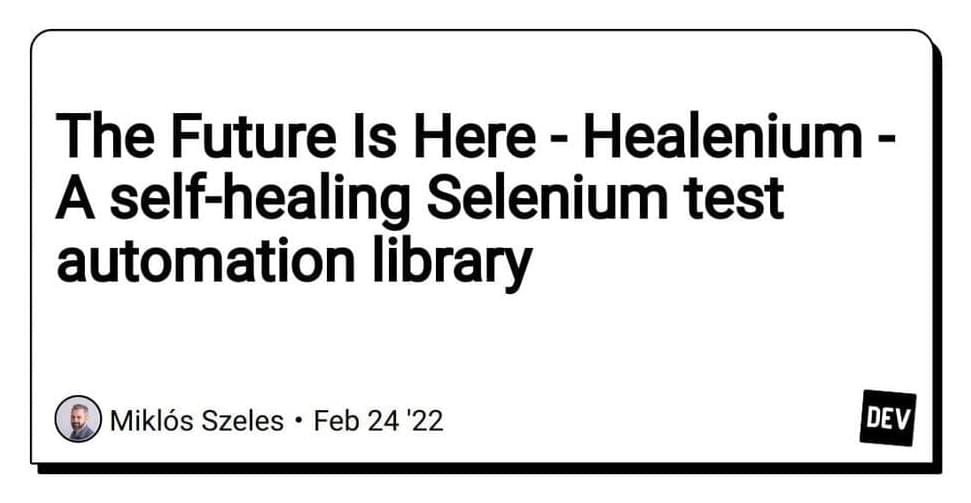Researchers in the US have made progress on a ‘universal’ influenza vaccine, which would cover all strains and help reduce deaths in future flu pandemics.
Category: futurism – Page 520



Do we live in a rotating universe? If we did, we could travel back in time
This strange behavior doesn’t apply only to light. If you were to get in a rocket and blast off through a rotating universe, you, too, would get caught up in the rotation. And because of that rotation, your movement would double back on itself. When you returned to your starting point, however, you would find yourself arriving before you had left.
In a manner of speaking, a rotating universe would be capable of rotating your future into your own past, allowing you to travel back in time.




The Future Is Here — Healenium — A self-healing Selenium test automation library
Year 2022 Basically this can be used with Python for self healing networks and software testing.
Have you ever found yourself in a situation where you realized a small change of the UI broke your E2E test again? Well, it happens to me very often.
Recently I read an article from on medium.com about an interesting library called Healineum which can come to the rescue.
Healenium is an AI-powered open-source library that improves the stability of Selenium-based tests, handles changes of updated web elements automatically and helps to overcome the problem of UI autotests instability using a self-healing mechanism…

Glacial flooding poses a natural hazard to millions globally
Most of those at risk reside in just four countries.
15 million people are at risk of floods caused by glacial lakes, with more than half of those exposed living in just four countries, according to a press release.
Which countries are most vulnerable to glacial flooding?
Getty Images.
Critically, the most vulnerable regions are neither those with the most lakes nor those expanding most quickly. Instead, it’s the size of the population, how close people are to a glacial lake, and, most significantly, how well-prepared they are for a flood that determines how dangerous the somewhat overlooked natural hazard is.

Turkey-Syria earthquake is one of the deadliest in years, here’s why
The death toll now stands at over 5,000.
The magnitude 7.8 earthquake that rocked Turkey and Syria on Monday is likely to go down as one of the deadliest this decade, according to a report from Reuters.
The epicenter of the earthquake is located 16 miles (26 km) east of the Turkish city of Nurdagi, 11 miles (18 km) below the Earth’s surface on the East Anatolian Fault.
Getty Images.
Scientists have estimated that the earthquake resulted in a more than 62 miles (100 km) rupture between the Anatolian and Arabian plates. Here is what scientists have to say about the ongoing disaster.